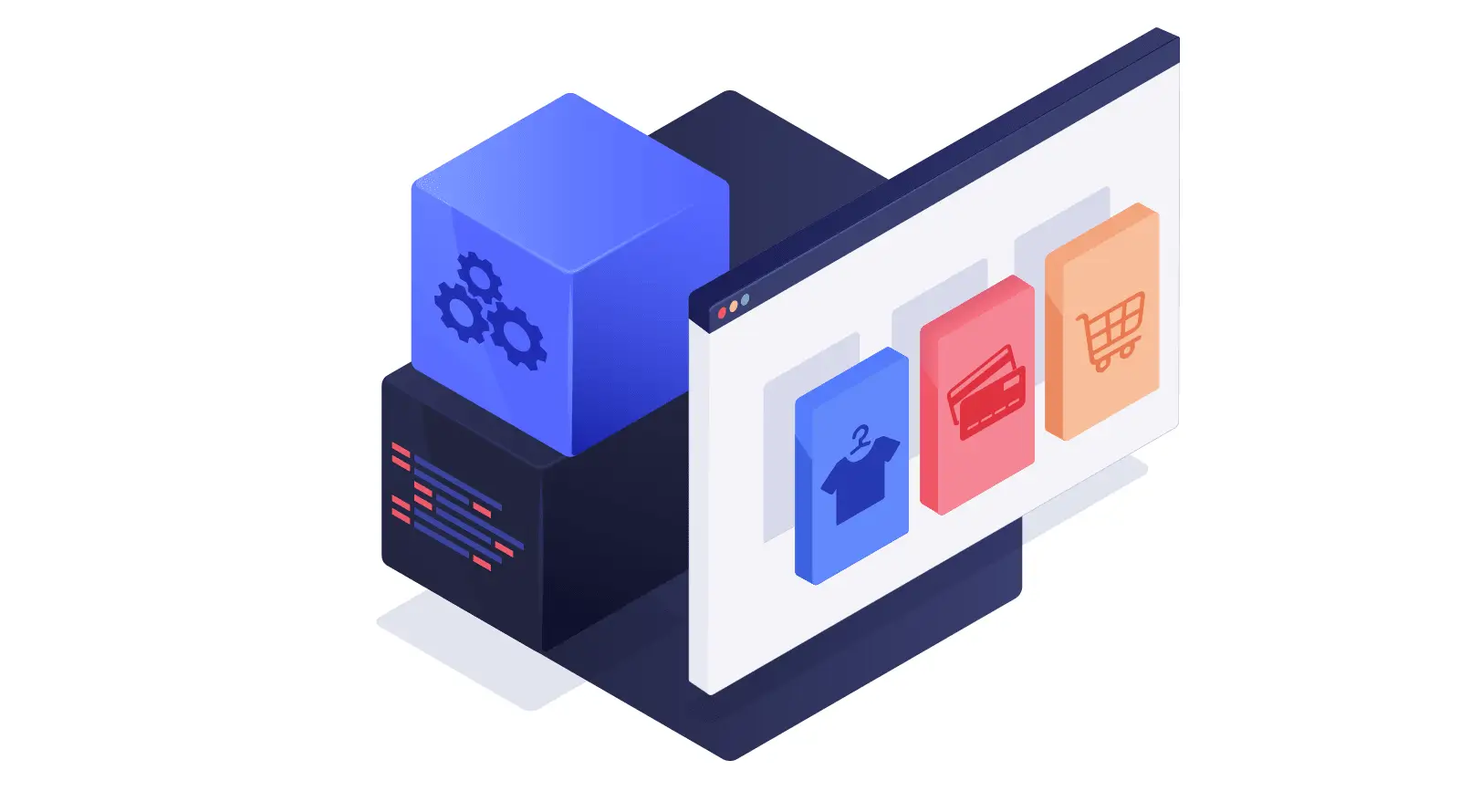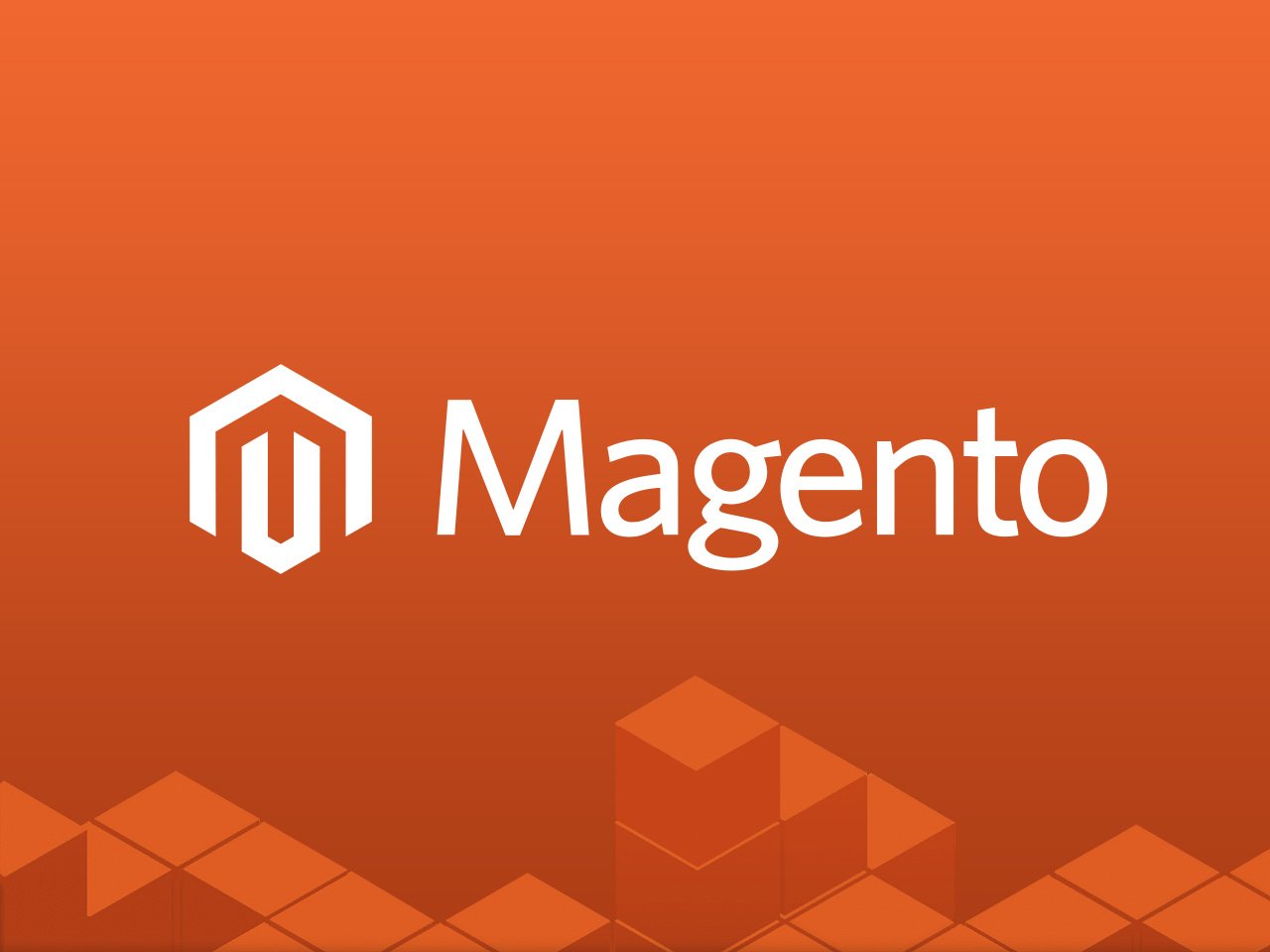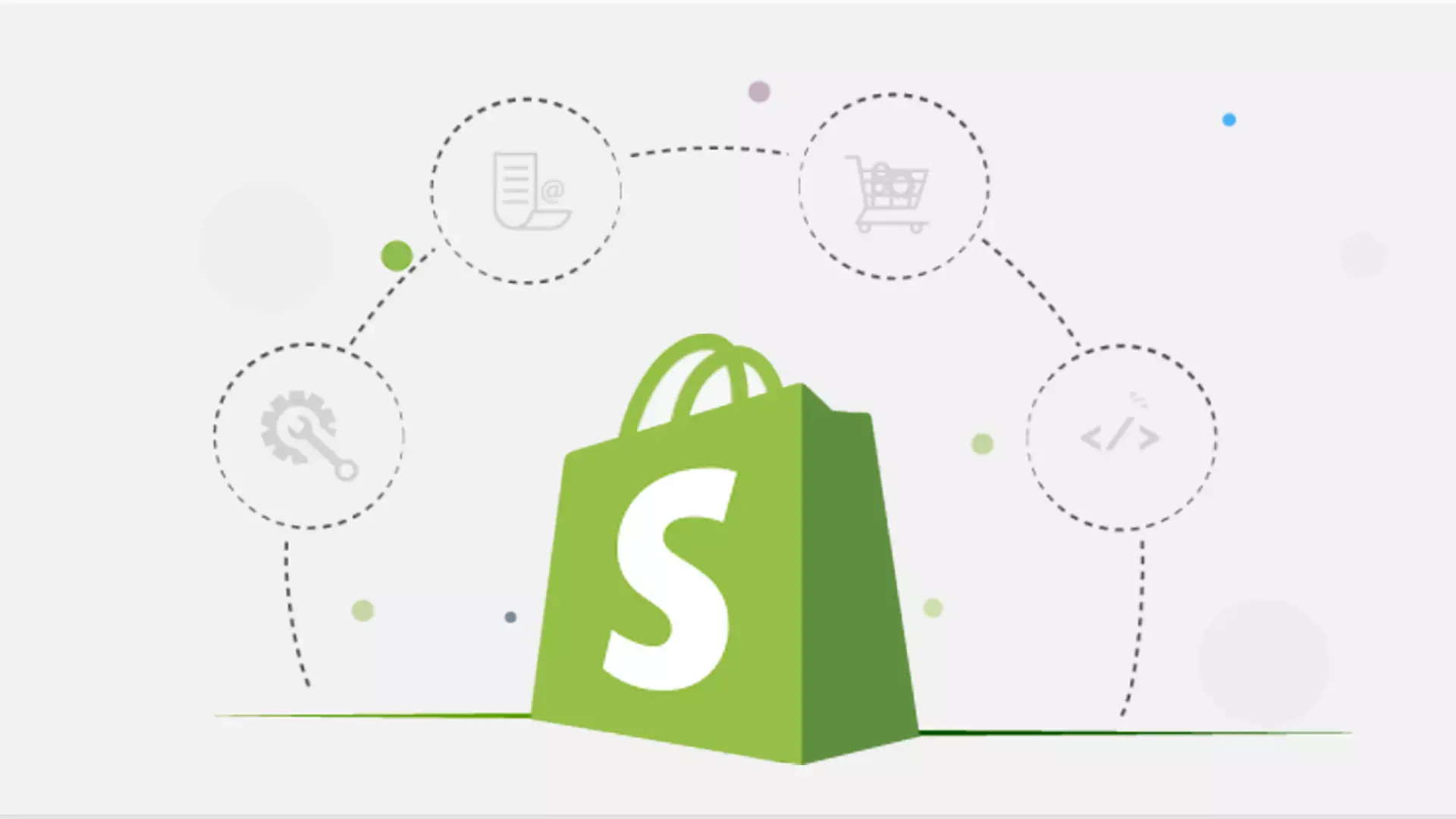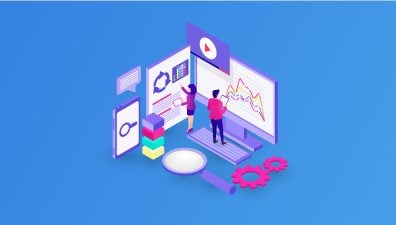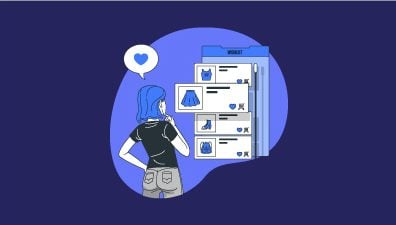As increasing buying occurs outside of the conventional website, traditional eCommerce platforms cannot promptly react to these new touchpoints. Organizations choose headless commerce as the ultimate solution for their businesses because of easy customization, time savings, and better employee adoption. However, not many people understand What is headless commerce and its benefits.
In this post, we will get headless commerce explained, analyze its influence on designing eCommerce systems, and look at the advantages of using headless commerce.
Table of Contents
What Is Headless Commerce?
In its most basic form, headless commerce is the separation of an eCommerce application’s front end and back end. With a headless store, these two distinct sides operate independently of one another and interact by using APIs (Application Programmer Interfaces). Developers utilize APIs to provide content such as goods, blog entries, or customer reviews to any screen or device. In contrast, front-end developers can work on how to show that material using any framework they like.
The separation of the two platforms (front-end and back-end) results in a quicker, more agile, adaptive, and consistent shopping experience. The back-end continues to conduct all of the critical activities of an eCommerce solution without being linked to a front-end delivery platform (or head).
Because of this headlessness, expanding direct-to-consumer companies is significantly more flexible. Whereas traditional eCommerce systems may be constrained in terms of design and functionality, going headless allows you to personalize your front-end or presentation layer further. You may design a professionally branded, memorable shopping experience while retaining your existing back-end.
How Does Headless Commerce Work?
Now, you had a basic understanding of what does headless commerce mean? The next question we will go through is what is headless commerce architecture or how does this method work? In a headless commerce setup, the back-end is where the data, including product information, customer details, and order history, is stored and managed. Here, business logic and rules are set and processed. It also integrates with various systems such as ERP, CRM, PIM, and more, to enable seamless operations.
The front-end, on the other hand, is entirely focused on the presentation and user experience. It includes everything a customer sees and interacts with on a website, mobile app, or any other customer touchpoint. It’s in charge of rendering the data provided by the back-end into a user-friendly format.
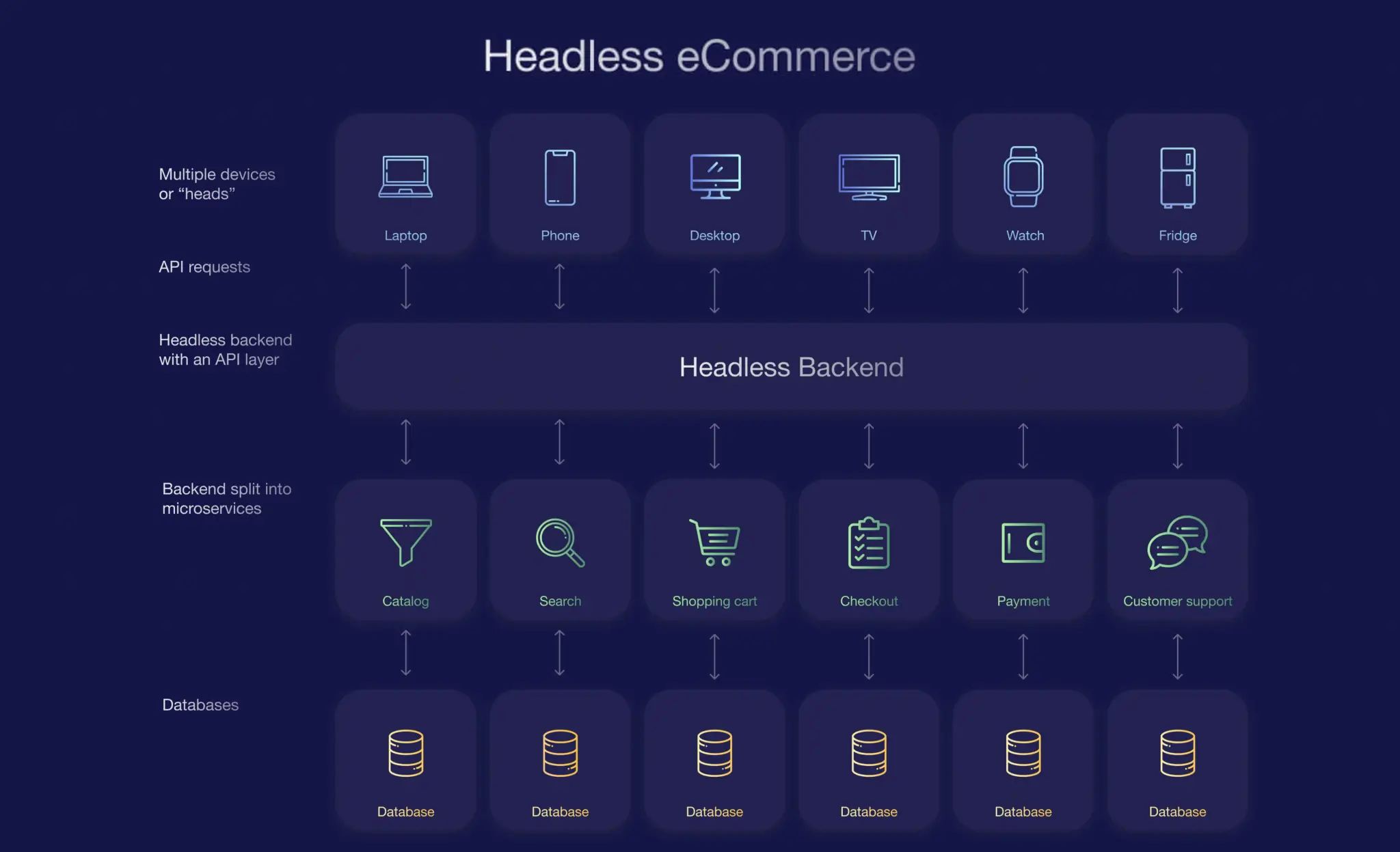
The primary advantage of headless commerce is its flexibility. Because the front-end and back-end operate independently, businesses can make changes to the presentation layer without impacting the back-end system. For instance, they can redesign a website or launch a new mobile app without the need to reconfigure the back-end.
The separation also means that the front-end developers have greater control over the user interface and are not restricted by the capabilities of the back-end system. They can choose the best technologies and frameworks that suit their needs, enabling them to create a unique and engaging user experience.
At the same time, the back-end can be optimized for performance and security. Any changes or upgrades to the back-end systems do not directly impact the front-end, preventing possible disruptions to the user experience.
However, headless commerce also presents its own challenges. The separation of front-end and back-end systems means that developers need to manage and maintain two separate systems. This might increase the complexity and the need for skilled resources. It also necessitates strong integration capabilities to ensure seamless data flow between the front-end and back-end.
One of the most foundational headless commerce examples is when consumers click a Buy Now button on their smartphone, the headless eCommerce system’s display layer sends an API request to the application layer to process the order. The application layer makes another API call to the application layer to display the status of the customer’s order.
In conclusion, with this architecture, we can get why headless commerce is so important and a flexible, agile approach to eCommerce, enabling businesses to provide an improved and personalized user experience across multiple touchpoints. However, it also requires a strong technology infrastructure and skilled resources to manage and maintain the separate systems.
The Differences between Headless Commerce vs Traditional Commerce
Traditional Commerce
With traditional platforms, the front-end of an online business is tightly linked to the back-end, leaving limited space for easy modification. For UI upgrades, back-end modifications are required, and additional user interfaces also necessitate back-end changes. Because the effort required always included both front-end and corresponding back-end modifications, this strategy allows for tailored consumer experiences. Still, it does not make them as smooth and hassle-free as feasible.
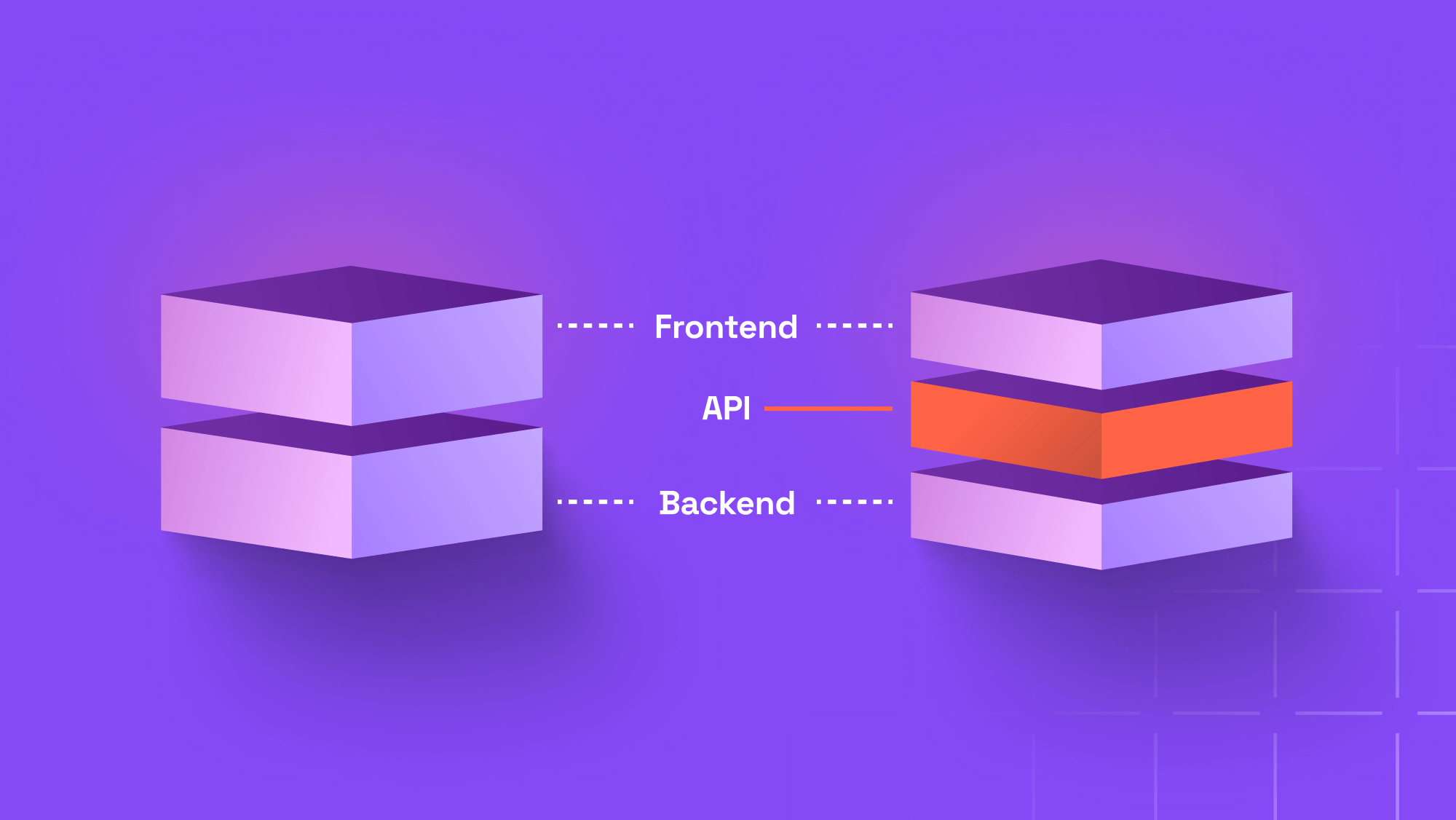
The front-end is strongly integrated with traditional solutions’ back-end coding and infrastructure. This gives little to no space for making any needed adjustments. To make a single change, developers must alter numerous layers of code from the front-end down to the database layer buried in the back-end.
Headless Commerce
By removing the preset front-end platform, headless commerce enables front-end developers to construct a user experience from scratch that matches their primary business needs. Front-end developers don’t have to worry about altering databases on the back-end because they only need to perform a simple API request. In other words, front-end developers are liberated from the constraints of a typical commerce platform.
The main disadvantage is that, because there is no front-end presentation layer, front-end developers and marketers must construct everything from scratch, from product sites to landing pages. And perfecting eCommerce site design is no easy task.
Because there is no front-end with headless platforms, developers may construct their own user experience from the ground up. You have more control over the appearance and feel of your commerce platform, as well as the user experience for both customers and admin users.
The Key Benefits of Headless Commerce
Remain Competitive
A headless commerce platform allows you to release changes quickly without disrupting your back-end infrastructure. And you can quickly alter your front-end to keep up with the pace of consumer technology.
Every few weeks, major commerce businesses that use a conventional platform release an upgrade. In comparison to Amazon, they release updates every 11.7 seconds on average, lowering both the amount and duration of outages.
When a front-end system is not strongly tied to the back-end, an update to the complete system is not required; only a portion of the system must be updated. As a result, you can offer what your customers want faster while remaining competitive.
Agile Marketing
When new technologies emerge, a headless commerce system can support them. This is ideal for creating new consumer experiences. This puts marketing teams back in control, allowing them to launch many sites across multiple brands, divisions, and portfolios. Finally, due to the flexibility, marketing teams may create a new site in days rather than months.
Easy to Customize
Headless commerce allows you to provide your clients with novel experiences in your online business. Your web store isn’t limited to a single template, providing your brand complete freedom over the front end. Furthermore, you may make as many front-end changes as you want without causing too much back-end labor. Besides, merchants can maintain a consistent brand experience across all consumer touchpoints.
Fasting Load Times
This is one of the most significant benefits of becoming headless. When a consumer visits your website, you have less than three seconds, especially on mobile, to guarantee your page loads in order to keep their attention. Traditional eCommerce systems, on the other hand, were not designed with site speed in mind. Thus they are bulky and might slow down site performance. Consider hefty checkout pages, third-party reviews, huge graphics, and forms – all of which slow down eCommerce sites and increase the likelihood of cart abandonment.
Enhance Customer Experience
Customer requirements evolve, so businesses have to adapt to the market change. Fortunately, with a headless commerce solution, you can provide customers with a consistent experience across channels, even channels that may use in the future (like voice-centric touchpoints or wearables). You can accomplish all of this while remaining loyal to your brand’s design and tone, and customizing without affecting the functionality of your webshop. In reality, because the API and the cached data it transports exist between the front and back ends, a headless commerce architecture often improves online store speed.
Seamless Integration
A headless commerce solution must, by basic headless commerce definition, have an API (such as GraphQL), which makes it simpler to connect and communicate with other platforms. You may add your brand to any new gadget, increasing your prospects and reaching out to more people. It will also take you hours rather than months to integrate your commerce platform with a new device.
Potential Drawbacks of Headless Commerce
High Costs
Because headless commerce solutions do not have a front end, developers must create their own. On the one hand, this is fantastic since it allows developers to develop front ends unique to each device and touchpoint. On the other hand, building templates and user interfaces from scratch may be time-consuming and costly. Furthermore, developers will be required to debug their front-end projects, resulting in continuous expenditures in addition to the original construction.
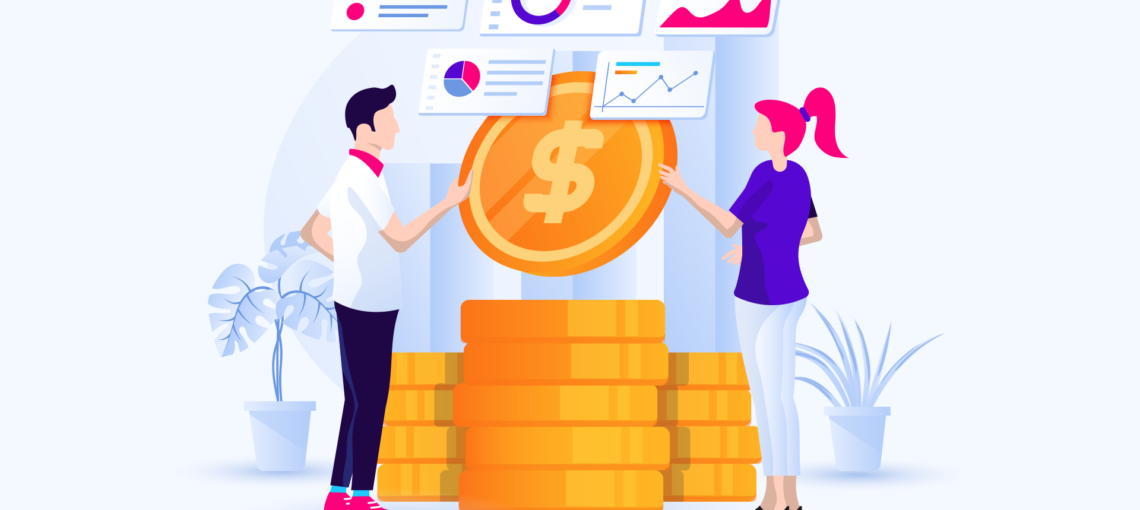
The expenses climb even more when you consider that the marketing team is isolated and must rely mainly on the IT team to create landing pages and content across many devices.
Depending on the IT Team
Because a pure headless commerce system lacks a front-end display layer, it is hard for marketers to:
- Preview the material to see how it will appear on the end user’s device or screen.
- Quickly generate, approve, develop, and publish content without depending on the IT team.
Instead, marketers are totally reliant on the IT team to build the front-end presentation layer and update it and populate it with content. It’s not precisely a marketing-friendly environment.
Best Headless Commerce Platforms
Before diving into the list of best headless commerce platforms, we have to understand what is a headless commerce platform. A headless commerce platform is an eCommerce system that allows businesses to separate the front-end presentation layer from the back-end functionality layer. This decoupling gives businesses the flexibility to deliver a unique and consistent user experience across various touchpoints (like websites, mobile apps, smart devices, etc.) without impacting the back-end operations.
Magento
Magento Commerce enables developers to create apps with a high level of customization based on the customer’s demands. It allows for experimentation since the systems are separated and do not interfere with their activities. The modular design allows for the rapid addition of new features and integrations.
The analytics dashboard of the product displays critical data points in dynamic scatter and bubble charts. You may also send data straight to people’s inboxes and gain insights into average order value, lifetime value, retention rates, and other metrics.
A ticket-based system is used for customer assistance. Pricing can be obtained upon request.
Shopify
The headless eCommerce feature of Shopify allows you to isolate your front-end design from your back-end infrastructure. Thus, you can publish to any channel and turn each device into a platform for your business. The headless commerce capability allows you complete creative control across all touchpoints to create a consistent consumer experience. By utilizing your company software and content management systems, you may engage customers with personalized storefronts such as kiosks, wearables, vending machines, and billboards.
It may also help you improve the performance of your website by providing a web app that behaves like a native mobile app. Aside from that, you may combine all of your business’s systems, such as ERP, PIM, CRM, CMS, and design frameworks.
Shopify options begin at $29 per month and include a 14-day free trial.
BigCommerce
BigCommerce includes full-service tools covering everything you need to develop your eCommerce business. Package listing, customer segmentation, payment processing, cart recovery, and other features are included in the product.
The presentation element of BigCommerce’s headless eCommerce capabilities is isolated from the commerce engine. This allows you additional flexibility to establish and manage several stores simultaneously using diverse front-end solutions from a single BigCommerce account.
This platform enables you to provide API-driven experiences through your CMS, application device, or custom front-end.
Wrapping up
Businesses need teams that can plan and respond rapidly to the ever-changing demands of their customers. Headless commerce is an excellent way to strike a balance between a fluid front end and a stable back end. Businesses should understand what is headless commerce and know how it works. Platforms and architecture are available in a variety of configurations. As a result, you must select the ideal technology partner who not only understands your business but also understands your consumers, markets, and difficulties.
If you find a partner to implement a headless solution, contact Magenest. After completing hundreds of projects all across the world, as well as having a seasoned and skillful team, we promise the most significant outcomes.


